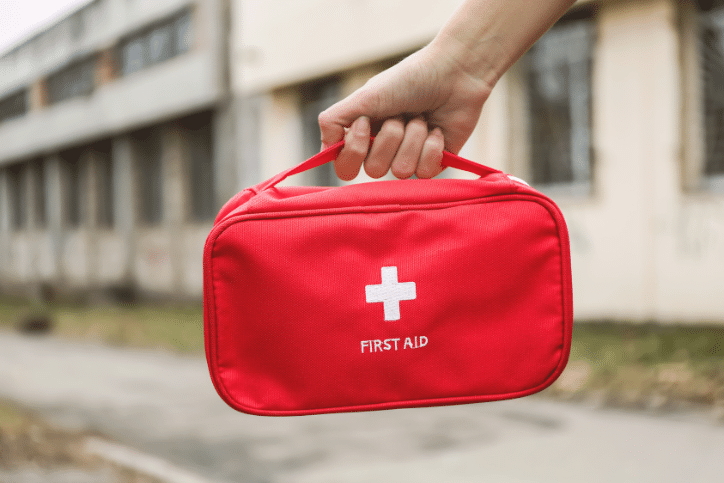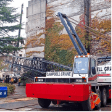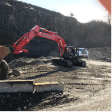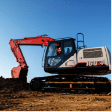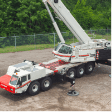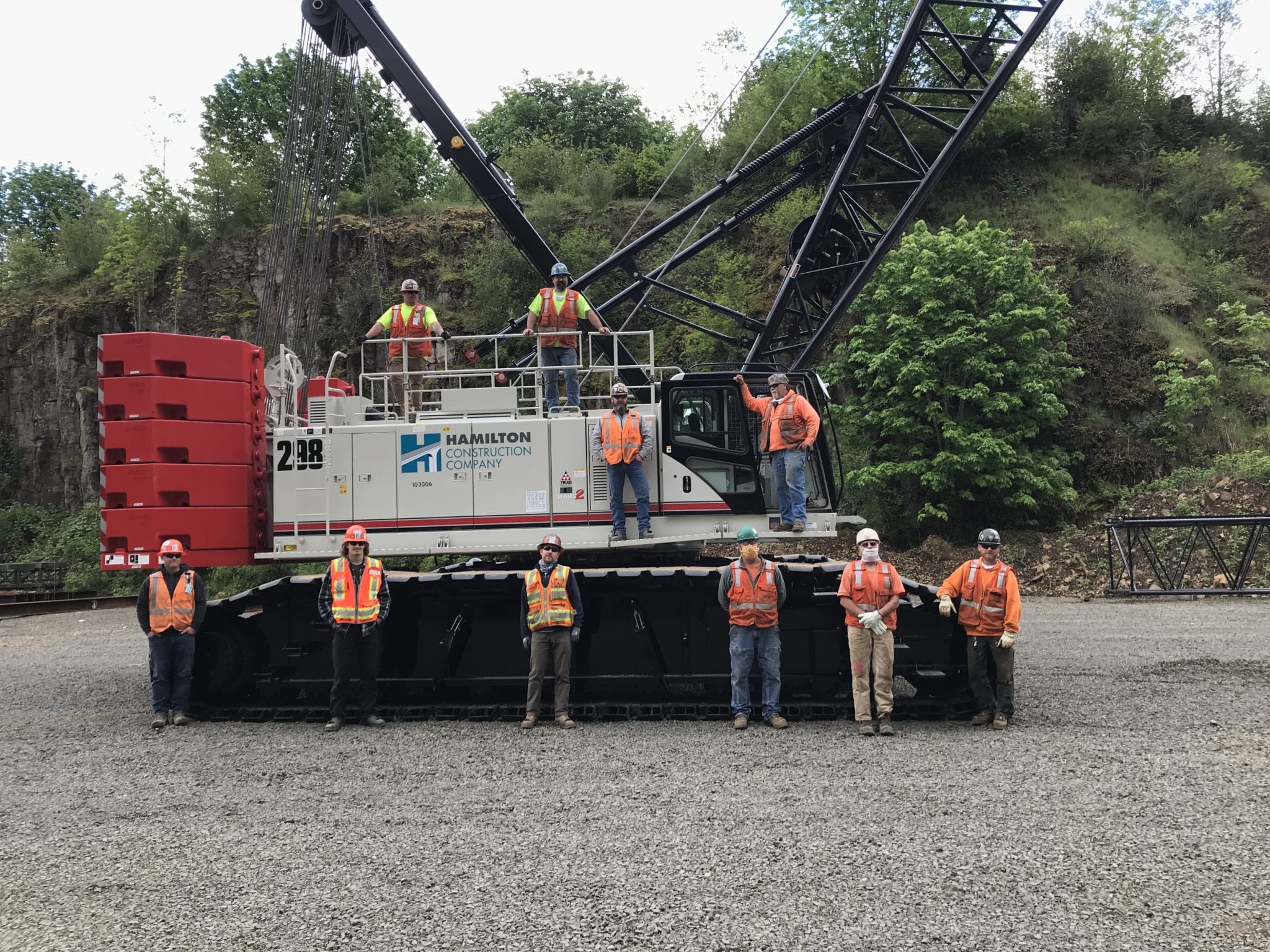When an accident occurs, having a response plan that complies with legal requirements and is specifically designed for the workplace’s type and size can truly mean the difference between life and death, or between recovery and permanent disability. Below are some topics you should include when making a workplace emergency and first aid response plan.
Key Considerations for First Aid Readiness
- Accessibility of Supplies: First aid equipment and supplies should be stored in locations that are quick and easy to reach in the event of an accident.
- Regular Inspections: These supplies must be checked frequently to ensure they remain sanitary, usable, and adequately restocked after each use. Larger workplaces may require multiple, fully equipped first aid kits.
In isolated work sites or service vehicles, having emergency supplies and a clear action plan is crucial. If first aid is administered incorrectly, it can sometimes cause more harm than good to an injured or ill individual.
Awareness and Training
All employees should be aware of the locations of emergency first aid equipment and know which medical professionals or facilities to contact in case of a medical emergency.
Reminder: In any emergency situation, time is of the essence; therefore, pre-planning and preparedness are vital.
Medical Emergencies
In the case of an emergency—be it fire, medical, police, or a chemical spill—the following emergency phone numbers and procedures are clearly posted. When you notify the emergency response agency, it’s crucial to inform your supervisor immediately! If you call 911, ensure that someone is available to guide the fire and medical teams to the emergency area.
INFORMATION REQUIRED IN AN EMERGENCY 911 CALL:
- Nature of Incident
(Fire / Medical / Police / Chemical Spill) - Location
Your facility’s location or the site of the incident - Phone Number
Your callback number. - Caller’s Name
Why should you prioritize emergency preparedness in the workplace?
When an emergency occurs, it’s not the right moment to begin your planning. This approach often results in disarray and outcomes that fall short of expectations. Prior training and knowledge before an incident are essential for effective response!

